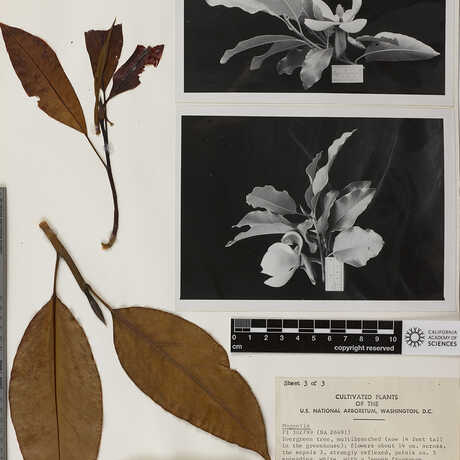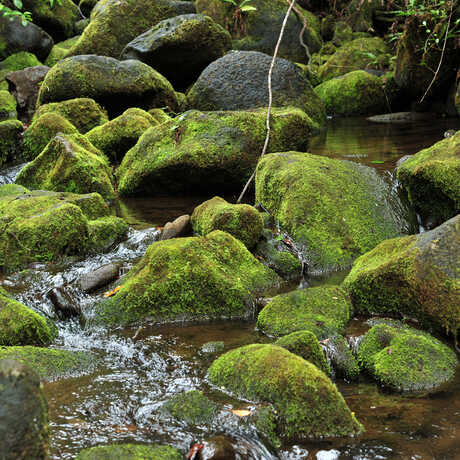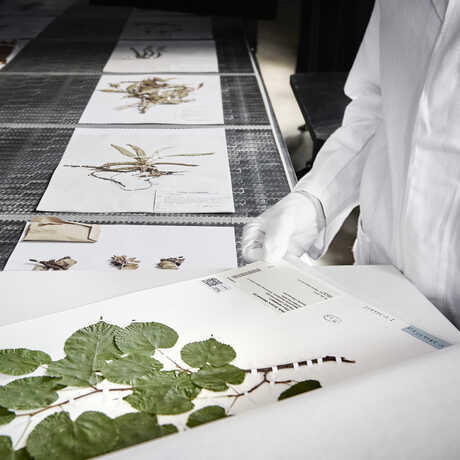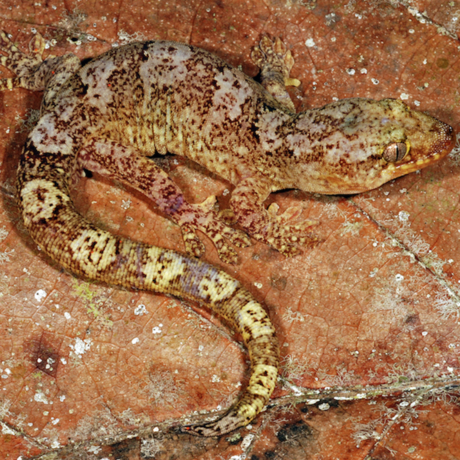Collections inquiries:
Emily Magnaghi
Collection Manager
California Academy of Sciences
55 Music Concourse Dr.
San Francisco, CA 94118
emagnaghi@calacademy.org
(415) 379-5392
Botany
From the slopes of Brazil, moss-filled Philippine forests, the spiny desert of Madagascar, to California's own mountain ranges—Academy botanists travel the world to discover new species, collect plants for our herbarium, and contribute to our extensive botany database, which currently contains records for approximately 715,000 specimens.
With a history of pioneering action that began in 1893 with botany curator Alice Eastwood, today's department is a robust collection of leading researchers, scientists, fellows, and students. Our resources include a 2.3 million-specimen collection containing more than 21,000 types, as well as the John T. Howell Botanical Laboratory.

Collections
The California Academy of Sciences' herbarium is the largest collection of vascular plants in the western U.S. and the sixth-largest collection in the country. The CAS collection includes ~2.3 million plant specimens with almost 21,000 types. Over 95% of the specimens are vascular seed plants; the remainder are ferns and a growing collection of bryophytes at ~200,000 specimens.

Projects
Learn more about our department's areas of focus—active, ongoing research that seeks to answer some of the biggest questions in the field.

Expeditions
See where our research takes us, what partners we're working with, what impacts we've had on local communities, and what discoveries we've made thus far.

Staff
Our researchers discover new species, explore evolutionary relationships, and address important questions about biogeography and biodiversity.
Learn more about our department's century and a half of scientific history.
Visiting our collections, identifying backyard plants, and more.







